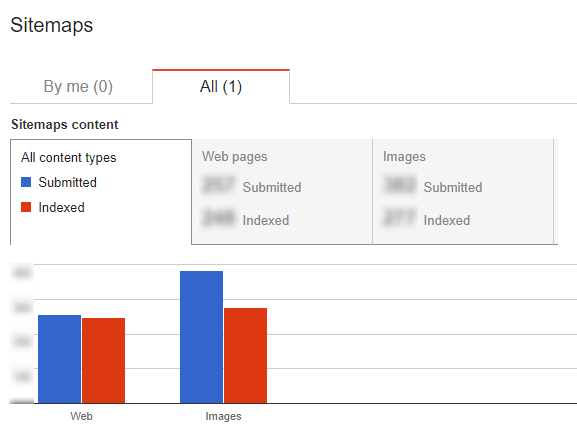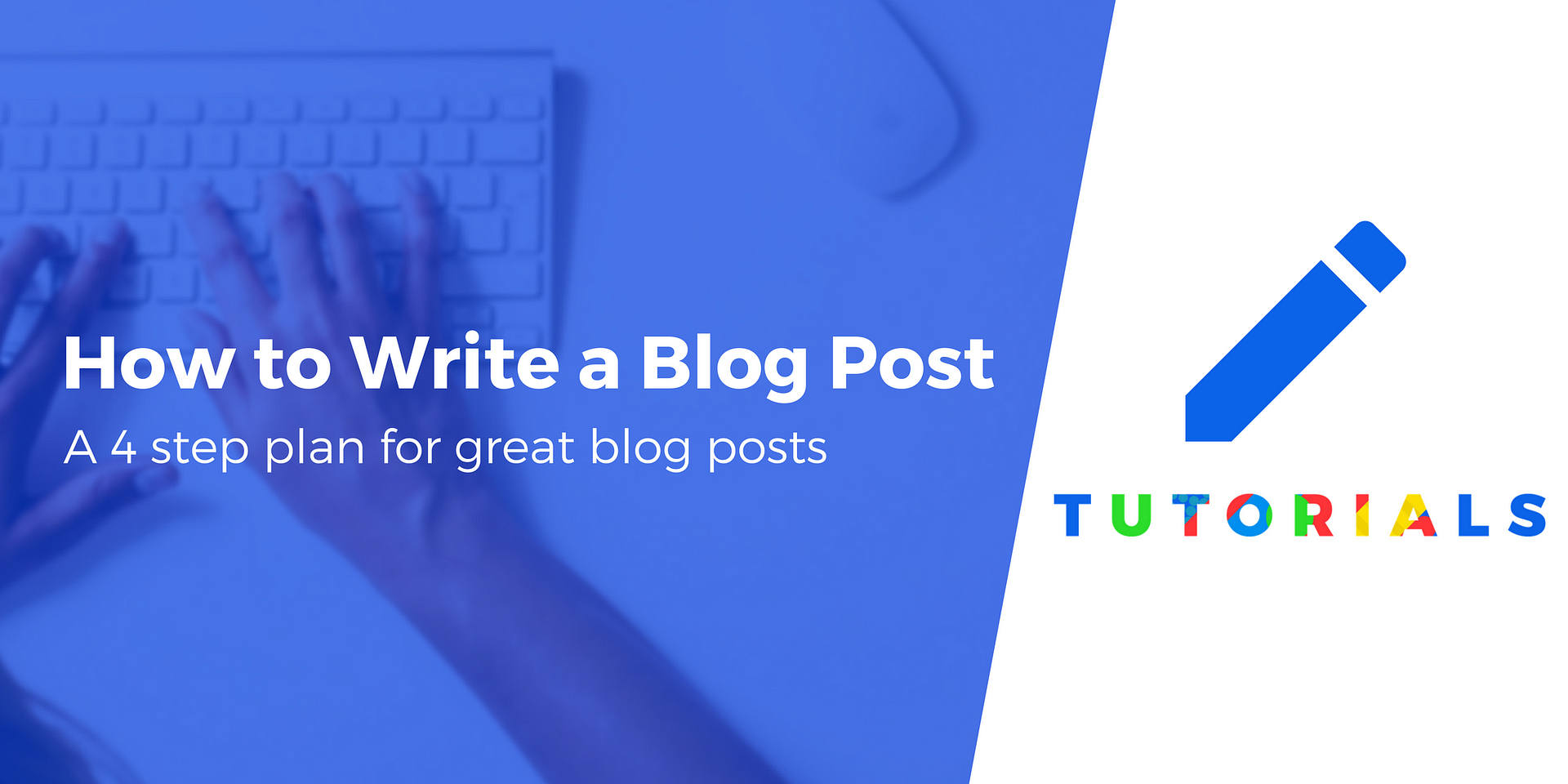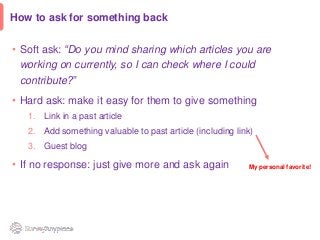
To rank high in Google, optimizing your blog's title is not enough. Google wants to crawl your blog for keywords. A basic SEO strategy makes it easier for Google search engines to index and display your content. Headings are another important area to consider when optimizing a blog's SEO. These help readers flow through your content and search engines understand the hierarchy of reading. Be sure to use keywords and phrases when creating headings.
Meta description
Make sure you use an organic tone in your meta description when writing for SEO blogs. Use your meta description to answer the user's query and display your high quality content. Users will not like a website that looks spammy. You'll get more clicks if you write for people and not robots. These are some tips to help you create a compelling meta description.
Make it exciting: Include your main keyword within your meta description. Google doesn't consider your meta description when indexing your site, but it helps to attract users' attention. The key is to keep your meta description between 140 and 160 characters long, and bold the most important words. You should also include a call for action such as a hyperlink to your website in the description. A good meta description also has an appealing call to action.
Your meta description can be used to promote your company. It is a great opportunity to get a user to click on your link and grab their attention. A well-written meta description can help increase site traffic and sales. To encourage users to act, the meta description should end with a call-to-action. Your meta description may not be useful if you have too much or outdated information.
Meta descriptions can not only be readable, but they can also improve your click-through rate. When used correctly, the meta description can increase your organic traffic and improve your rankings. The meta description plays a moderate role in Google's search engine results. Your meta description may not be optimized well enough to rank your page on page four, instead of page 1. Even if your click-through rates are low, it's still worth writing a meta description.
Keywords in the title
You can get the most from your SEO blog posts if you use targeted keywords in your title. Keywords in the title are a way to establish the direction of your articles and determine how likely they will reach your target audience. Search engines rank web pages according the keywords that are used within them. These crawlers have improved their technology to better judge the quality of material on the Web. To improve your article's search ranking, it is important to include relevant keywords in the title.
If you own a gym, use phrases related to crossfit training or crossfit gyms. You should only use one keyword per piece. Using too many keywords in the same article can look spammy to the search engines, which makes your content less valuable to your readers. Articles that use long-tail keywords will rank better than those with shorter-tail keywords. This is a great way of ranking higher for a keyword on Google.
Your SEO blog title should be between 60 and 70 characters. The title tag should include your focus keyword as close as possible. In addition, your chosen keyword should convey the benefit your post provides. Keyword stuffing is a bad practice. Google warns against keyword-stuffed titles. You should use a strong focus keyword for your title, and ensure your audience can easily understand the content.
Just putting your keywords in the title is half the battle. Your title should not exceed 60 characters, or 575 pixels. Your title should live up to the promise it made. Make it easy to read and scan. SEO is all about planning. Also, remember that SEO can be a business. Therefore, your title should be as effective, as possible.
Internal links

There are many options to improve your website's search engine optimization (SEO). To direct users to different pages within your website, one option is to use internal linking. These links can take you to different pages and content. This improves user experience and increases search performance. You should remember that backlinks are not the same thing as internal links and readers won't be able to find them themselves. However, internal links can be used in the right places to accomplish this.
SEO-friendly ways to retain and attract readers is by adding relevant internal links to your blog. Links can be created in many different ways by different websites. Therefore, it is crucial to choose the right anchor text and words for your link strategy. Internal links can be used to increase attention and make your visitor stay longer on your site. Use internal links that link back to relevant content, and provide a solution for the user.
As much as possible, all internal links should point at the main target keyword. Google will not penalize users who use exact-match keywords, but it is possible that they will. But it shouldn't be keyword-stuffed. You should not manipulate your anchor text in order to improve your rankings. This is against Google's webmaster guidelines. This is a much more effective method than you might believe.
You can also optimize your internal links by creating content that is related to your core service. A Columbus landscaping company generates 390 search per month, which is far lower than the volume of searches for "best smartphone". By strategically including internal links in your blog posts, you can enhance your SEO efforts. You can do this by anticipating what questions your users might have while browsing your website.
Schema markup
You can use schema markup in your blog posts to improve your search engine rankings. To create schema markup, visit Google Structured Data Markup Helper. The tool allows you to enter the URL of your website, pick a category and paste the HTML code. This tool creates a tag manipulator as well as a rendered page in new windows. Click on individual elements to mark them.
There are three types of schema markup: NewsArticle, TechArticle, and Microdata. Depending on what the post contains, each type of schema markup can have different flags. NewsArticle can be used for articles that are current in nature. TechArticle may have flags that indicate the technical content of the article. An example of this is a HowTo article that may include flags that indicate the technical level of the author, the program used and any dependencies.
Google has made it simpler to create schema. It allows you to tag data so that similar content is displayed in search results. It is recommended to use schema markup for your blog posts to build brand recognition. You can use schema to advertise a small business located in a specific area. You can also promote your business or events using schema. There are many benefits to using schema markup for your SEO blog post. These links will help you to decide what schema markup to use.
Schema can be used to optimize your content, in addition to improving search engine optimization. The markup is used to help search engines identify the elements of a site. If you're writing about food, schema markup can help identify ingredients and instructions. Schema markup can also be used to build a review blog. In general, the more relevant content you have to a user’s query, the higher your search engine rankings.
Copyrights for images

It is important to get permission from the owner before you use an image in your SEO blog. Many PR agencies do not share images from their websites, and you may not be able to use them. To find out who owns the image, contact them directly. In many cases, the owner is more than willing to grant you permission to use the image. These tips will help you comply to the law.
Google images are not to be used. Before you post an image to your blog, it is a good idea to contact the owner. Google allows images to be searched, but you need permission to use them. If you have trouble finding the image you need, you can visit the page it is hosted on and ask for permission. This will make sure you aren't violating any copyrights. Images copyrights are crucial in determining whether a blog is successful or a site that is banned by search engines.
Make sure to check the copyrights of any image you intend to use on your blog. It is illegal to use images that you find on Google Images. Stealing images without permission is a discrediting act that exposes you to legal repercussions. You can use public domain or fair-use photos if you have permission from the owner. An intellectual property attorney can help you if you still have questions.
Images that are used in SEO blogs must have the same author as the attribution. Photos that are funny or creative will be more likely to get used for SEO purposes. However, you should always read the terms of the license. While some images can be used for free, others are subject to certain restrictions. Do not use images without permission from the author. If they're not royalty-free, you may be in violation of the copyright. A lawsuit could be filed against you, which can lead to significant financial losses.
FAQ
How much does SEO cost?
SEO is a long-term investment so you won't see immediate returns. But it's important that you remember that more people will find your website, the more likely it will rank higher in search engines.
Many factors go into determining the price of each service, such as keyword competitiveness, location, audience size, and competition.
How do you create an SEO strategy?
The first step in creating an effective SEO strategy is understanding what you want to achieve and how you will go about achieving this goal. This allows you organize your content around those goals.
Step two is to get started with your keywords. Doing keyword research can give you insights into what people are looking for by analyzing the terms they use. You can then create articles on these topics by using this information.
Your target keywords should be included in your articles once you have finished writing them. You should also make sure to optimize each article with relevant images or videos. Finally, make sure to link to related pages whenever possible.
After you have completed all of the content on your site, it is time to optimize that content!
What is an SEO Campaign?
Content is an essential component of any website. If you don't have relevant and useful information on your site, you won't rank high enough for searches.
SEO campaigns optimize your website by obtaining links from other sites back to yours. It also includes social media optimization, which involves using Twitter, Facebook, and LinkedIn to help drive traffic and increase brand awareness.
These will bring more users to your website and improve rankings. SEO campaigns have a primary focus on building high-quality links back to your website so that Google recognizes that it is valuable.
Statistics
- 93%of online experiences today begin on search engines. (marketinginsidergroup.com)
- And 90%+ of these backlinks cite a specific stat from my post: (backlinko.com)
- Deleting those 10k pages is one of the main reasons that he improved his site's organic traffic by nearly 90%: (backlinko.com)
- Which led to a 70.43% boost in search engine traffic compared to the old version of the post: (backlinko.com)
- 64% of marketers actively create SEO campaigns because they help hit multiple key performance indicators (KPIs), including increasing traffic, helping your site rank for relevant keywords, improving your conversion rate, and much more. (semrush.com)
External Links
How To
How do you set up your first blog?
It's simple! WordPress is an excellent platform for creating a blog. You can edit the appearance of your blog by creating themes, changing fonts, colors, or customizing it. Users can also install plugins to modify certain elements of their websites based on visitor activity.
There are many free templates you can download from WordPress.org. You also have the option to purchase premium templates. Premium templates can include additional pages, plugins, or advanced security features.
Once you have downloaded the template you need to sign-up for a free account. This will allow you to upload files and maintain your blog. Many hosts offer free accounts, but there are often restrictions on how much space you can use, how many domains you can host and how many emails you can send.
You will need separate email addresses if you want to use multiple domain names. Some hosts charge a monthly fee for this service.
You may be wondering why anyone would pay for a blog to be hosted online if you are new to blogging. Hosts offer unlimited storage space. This means that files can be saved indefinitely and won't be lost if they're accidentally deleted.
Many hosts permit multiple domain hosting. You can host several sites under one package. It is possible to avoid multiple email accounts by registering for one interface, allowing you to manage all of your sites from the same place.
Some hosts include social media sharing icons on their dashboards. This allows visitors share posts easily across the internet.
Most hosting companies offer tools for managing your blog. You can see your site's performance stats and compare it to other blogs.
These tools can make managing your website easier and quicker, so it's worth taking a look at them before you commit to a hosting plan.
To sum up:
-
Choose a topic pertinent to your business.
-
Create engaging content;
-
Optimize your site using SEO techniques;
-
Promote your site using social media channels;
-
Monitor your statistics regularly to make changes where necessary;
-
Last but not least, make sure to keep your blog updated.
In short, create good content, promote it effectively, and track its success.